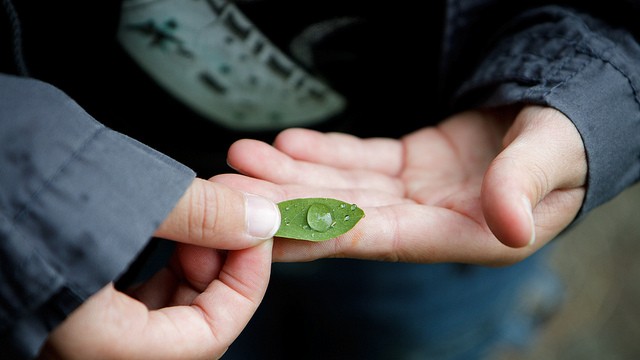In the opening pages of his moving book Last Child in the Woods, journalist Richard Louv quotes a prescient fourth-grader who told him, “I like to play indoors better, 'cause that’s where all the electrical outlets are.”
Since the book came out in 2005, describing the numbers of kids consistently choosing video games and television over building forts and riding bikes, recent research suggests kids are being exposed to less nature. A comprehensive report of outdoor activity released this year by the Outdoor Foundation says that only 38 percent of participants ages 6-12, and 26 percent of kids ages 13-17 reported doing things outside like running, hiking, and biking. “Although participation rates were stable for younger participants from 2011 to 2012,” the report states, “the rates are still significantly lower than they were in 2006.”
Louv has since become famous for coining the term Nature-Deficit Disorder -- not as a medical diagnosis, but as shorthand for what’s happening to kids who stay, for the most part, inside, away from nature, for the majority of their young lives. He uses strong research to support his claims that rising rates of obesity, depression and anxiety, and ADHD symptoms could well be linked to kids’ disconnection from trees, fields and streams.
Louv points to several factors contributing to children’s increased time away from nature, including increased parental anxiety of both dangerous situations and strangers, schools’ focus on testing, and the increased use of technology at younger and younger ages. While maintaining he’s not against the use of technology in education, Louv also believes that schools and science curriculum could step in and help incorporate more nature into children’s lives to improve both health and achievement. “There’s a growing awareness of the importance of this,” Louv said. “If you really want true education reform, we’ll have No Child Left Inside.”
Schools should consider focusing on hands-on interaction with nature instead of worrying about teaching kids to save the rainforest -- at least at first, he says. Louv fears that a well-intentioned but somewhat misguided curriculum of exposing young children to environmental disasters around the world, like mass deforestation and oil spills, hasn’t had the desired effect of creating young environmentalists. Instead, it might be contributing to a phenomenon educator David Sobel calls “ecophobia,” or the fear of ecological deterioration.


